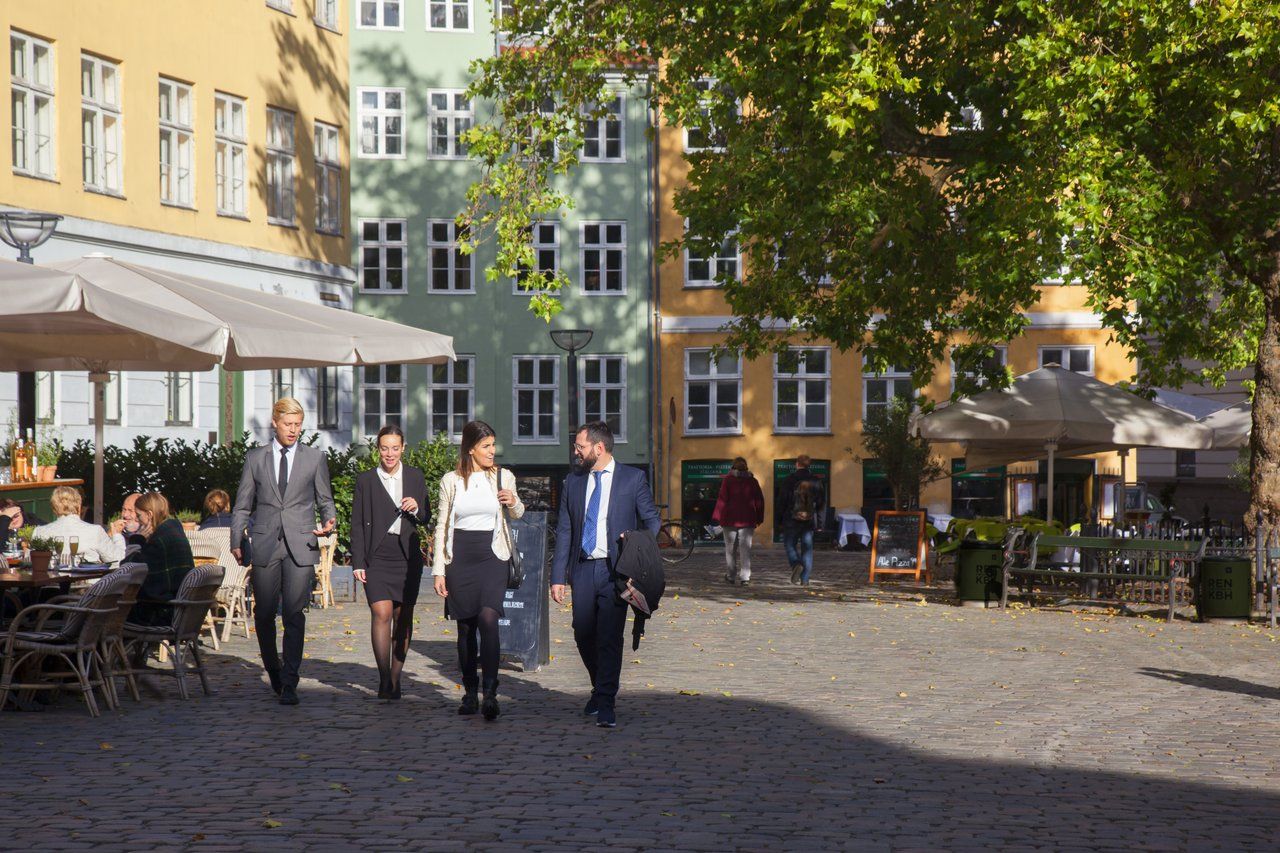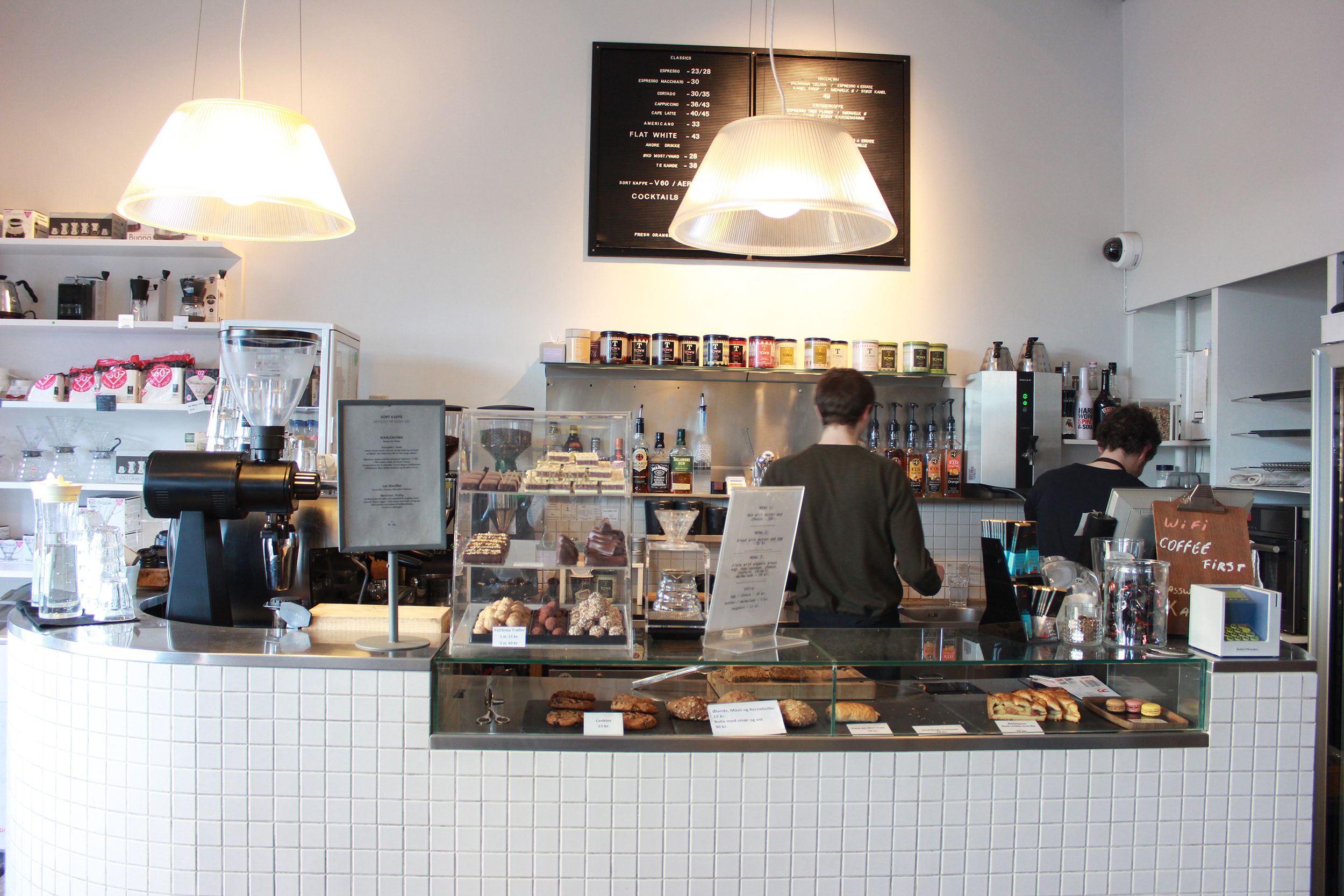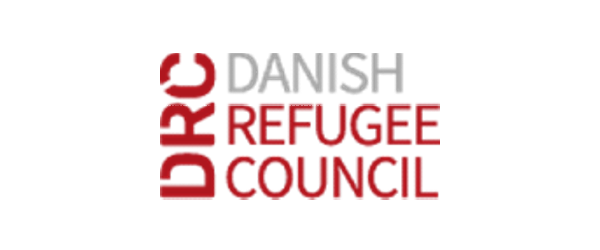The national rail operator DSB is currently in the process of installing automated external defibrillators (AEDs) on all of its 520 trains as well as 65 train stations nationwide.
Setting-up defibrillators on trains is part of DSB’s five year co-operation with Tryg Foundation, during which some 750 DSB’s employees will be trained in first aid and the use of the AEDs.
READ MORE: DSB: Incoming refugees exempt from purchasing train tickets
Saving people with cardiac arrest
In Denmark, some 3,500 people are annually hospitalised with cardiac arrest, of which just over 12 percent survive.
Railway stations are some of the public places where most cardiac arrests occur in the nation as over half a million people travel by train every day.
For every minute that passes between the start of a cardiac arrest and the life-saving assistance, the chance of survival decreases by 10 percent.
Feeling extra safe
“I hope passengers will feel extra safe when they get on a train, knowing there is a defibrillator within reach,” Carsten Dam Sønderbo-Jacobsen, the head of security at DSB, told DR.
Forty of the 65 stations have already been equipped with AEDs.














